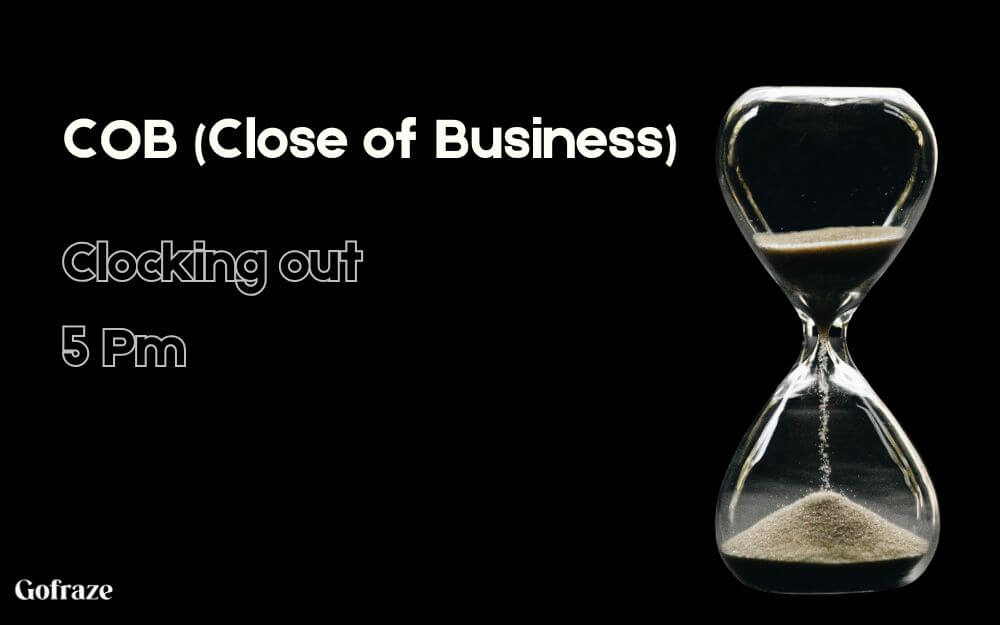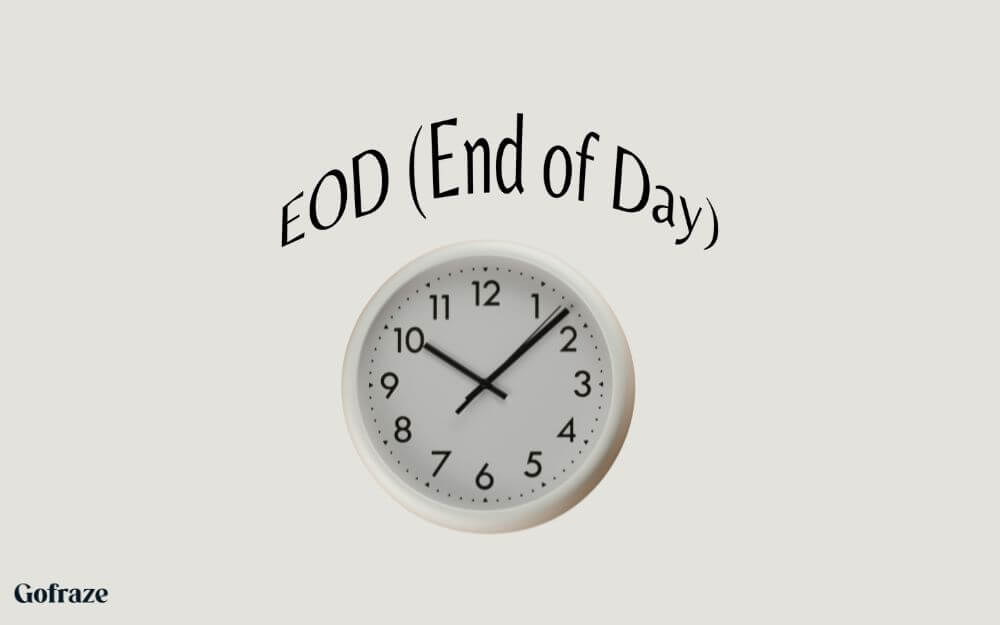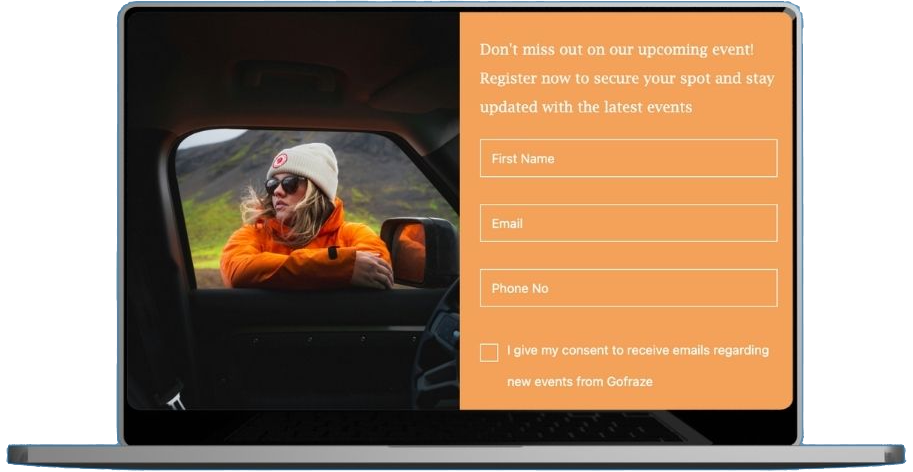Email Marketing for Car Dealerships: Strategies, Ideas & Best Practices
Explore powerful email marketing strategies for car dealerships. Learn to attract, engage, and convert leads into loyal customers with ease.
In professional and business communication, deadlines play a crucial role in ensuring tasks are completed on time. Two commonly used terms for setting deadlines are COB (Close of Business) and EOD (End of Day). While they might seem similar, their meanings and implications can vary depending on industry standards, workplace expectations, and time zones.
Understanding the difference between COB Vs EOD is essential for effective communication, preventing misinterpretation, and maintaining workflow efficiency. In this blog, we will break down what each term means, how they differ, and when to use them appropriately.

COB (Close of Business) refers to the official end of the standard business day, which is typically 5:00 PM local time. This timing is primarily based on traditional corporate and financial sector schedules. It is commonly used in professional settings where deadlines need to align with business operating hours.

EOD (End of Day) is a more flexible term that generally refers to the end of the calendar day (11:59 PM local time). Unlike COB, EOD extends beyond standard business hours and is commonly used in remote work environments and digital communication.
| Feature | COB (Close of Business) | EOD (End of Day) |
| Time Reference | Business closing hours (e.g., 5 PM local time) | End of the calendar day (11:59 PM) |
| Usage Context | Office-based work, financial markets, corporate deadlines | Remote work, IT teams, global teams |
| Flexibility | Rigid (based on standard working hours) | Flexible (can be interpreted differently) |
| Time Zone Consideration | Depends on local office hours | Can refer to any time zone, needs clarification |
FeatureCOB (Close of Business)EOD (End of Day)Time ReferenceBusiness closing hours (e.g., 5 PM local time)End of the calendar day (11:59 PM)Usage ContextOffice-based work, financial markets, corporate deadlinesRemote work, IT teams, global teamsFlexibilityRigid (based on standard working hours)Flexible (can be interpreted differently)Time Zone ConsiderationDepends on local office hoursCan refer to any time zone, needs clarification
While COB and EOD both serve as deadlines, their implications in different work environments vary significantly. Below is a detailed breakdown of their impact on workplace efficiency, communication, and employee productivity.
Learn when to use COB vs. EOD correctly to improve communication, set clear expectations, and avoid workplace misunderstandings.
Whether you use COB or EOD, clear communication is crucial in professional settings. To streamline task management and deadline tracking, businesses can leverage Gofraze Email Marketing Platform. Gofraze enables teams to send timely reminders, schedule automated follow-ups, and ensure that important deadlines are met without confusion.
By integrating Gofraze, businesses can improve team productivity and avoid missed deadlines, regardless of whether tasks are due by COB or EOD. Stay ahead in communication and workflow efficiency with smart email automation and scheduling tools.

Explore powerful email marketing strategies for car dealerships. Learn to attract, engage, and convert leads into loyal customers with ease.

Learn how to craft the perfect webinar invitation email using key tips, templates, and examples to boost sign-ups and engagement.

Discover winning sports newsletter examples, essential elements, and expert tips to craft high-impact email campaigns your fans will love.

Get unlimited forms that turn your traffic into real subscribers — totally free
Start now - free forever